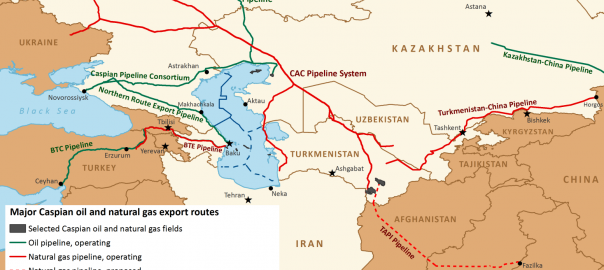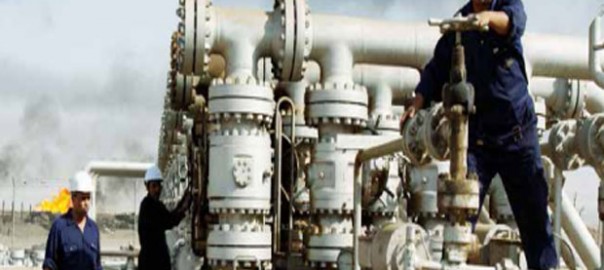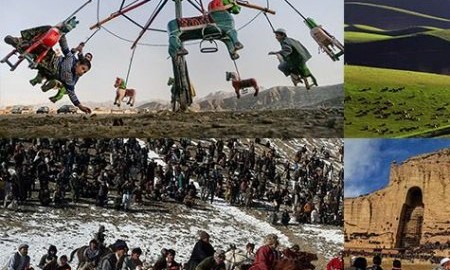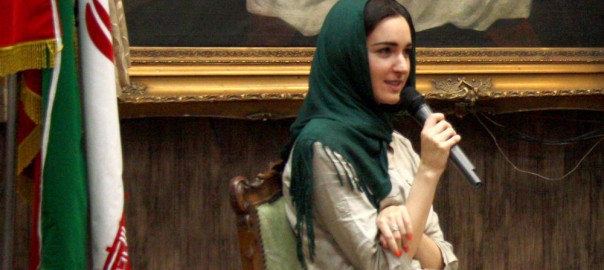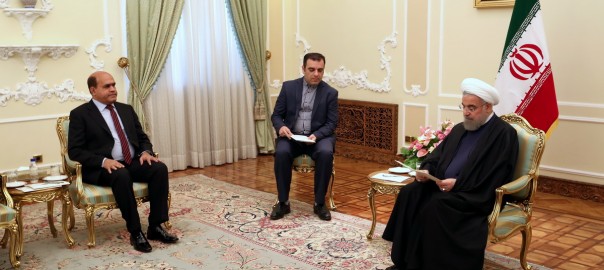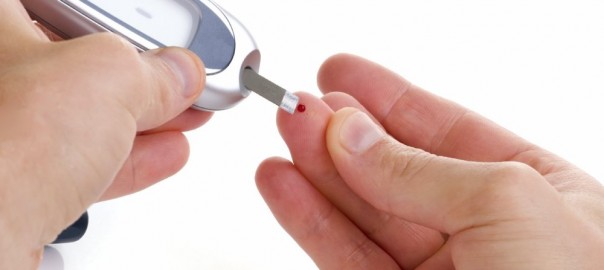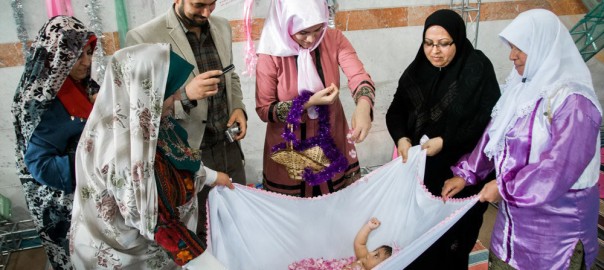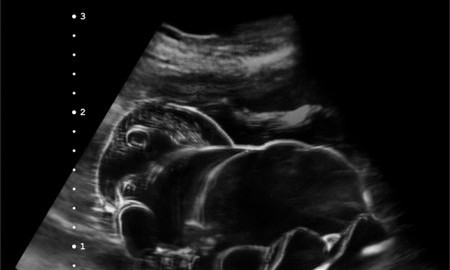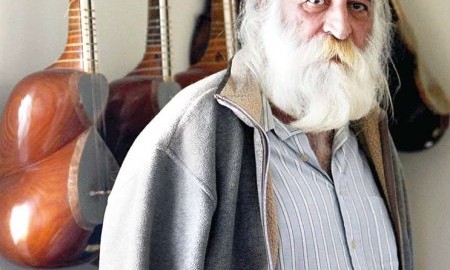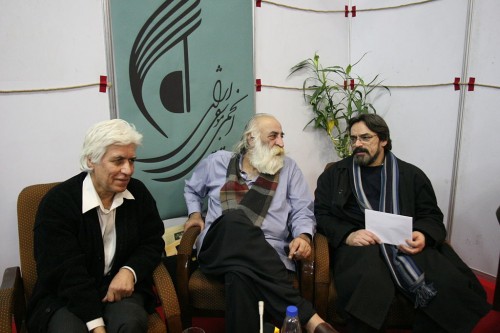Hamidreza Azizi : According to an estimate by the International Energy Agency (IEA), energy reserve of the Caspian region amount to about 48 billion barrels of crude oil and 292 trillion cubic feet of natural gas. During early years after the collapse of the former Union of Soviet Socialist Republics, efforts made by foreign powers to take advantage of these resources, on the one hand, and the willingness of newly independent state to reduce dependence on Moscow in the field of energy transit, on the other hand, led to a set of dynamic moves, which were manifested in the formulation of various plans and projects for transfer of energy from this region.
In general, the most important energy projects for transit of energy to outside of this region can be discussed within framework of five main routes as follows:
- The western route
The western route transfers the Caspian oil and gas through Turkey and Georgia (the Black Sea region) to Europe. This route is supported by the United States, Turkey, the Republic of Azerbaijan and Georgia. The most important pipelines crossing through this route include the Baku – Novorossiysk, Baku – Supsa, Baku – Tbilisi – Ceyhan, Tengiz – Novorossiysk, Baku – Tbilisi – Erzurum, and the Caspian Pipeline Consortium.
- The northern route
This route transfers natural oil and gas produced by Kazakhstan and the Republic of Azerbaijan through the Black Sea. The northern route is supported by Russia and the most important pipeline related to this route is the Atyrau-Samara Pipeline. By taking advantage of Russia’s internal pipelines, this pipeline can travel to Belarus, Poland, and Hungary.
- The eastern route
The oil and gas produced in Kazakhstan and Turkmenistan is transferred to China through this route. This route is being supported by China and two main pipelines running through it include the Kazakhstan – China oil pipeline as well as the Central Asia – China natural gas pipeline.
- The southeastern route
This route starts in Turkmenistan and after crossing through Afghanistan ends in Pakistan’s ports.
- The southern route
The southern route has been designed to cross the Iranian territory. For three reasons, which include high security, length of the route and lower investment costs, the southern route is considered to be more economical and more attractive compared to other routes. This route can transfer energy resources of the Caspian Sea, Central Asia and Caucasus to global markets through the Persian Gulf and the Sea of Oman. This route can also transfer Central Asia’s natural gas to Europe through Turkey.
In fact, one of the issues, which has been taken into account by observers and experts from the beginning, was that due to its unique geopolitical and geographical features, Iran can be the best route for the transfer of the Caspian energy, especially toward the West. In line with this idea, a number of projects revolving around Iran as the main route of energy transfer were discussed. However, foreign pressure against Iran, especially the United States opposition to any plan, which could have increased Iran’s clout in neighboring regions, turned into a powerful prohibiting factor in the face of Iran’s energy interactions with other countries in the Caspian region.
Perhaps, the best examples of this issue can be seen in joint projects related to Iran and Turkmenistan. One of the projects, which were taken into consideration for the transfer of energy resources of the Caspian region was the Kazakhstan – Turkmenistan – Iran pipeline. This pipeline could transfer the crude oil produced in Kazakhstan and Turkmenistan to international markets through the Iranian island of Kharg in the Persian Gulf. All conditions were provided for the construction of this pipeline, but continued opposition from the United States to any project, which would be related to Iran in any way or could benefit Iran in any way caused this plan to be discarded. In this case, Washington indirectly made its impression on the plan, which was purported by Iran through, lending its support to the Baku – Tbilisi – Ceyhan pipeline.
In addition, when it comes to the supply of natural gas, another plan was under study for the construction of a pipeline, which could have potentially transferred Turkmenistan’s natural gas to Europe by crossing through Iran and Turkey. Negotiations on this pipeline started in 1994-95 and the goal was construction of a pipeline with the total length of 1,400 kilometers, which was supposed to reach Europe by running through Iran. The necessary natural gas to feed this pipeline was supposed to be supplied by Iran and Turkmenistan. However, when this pipeline project was going through early planning phase, Turkmenistan suddenly withdrew from the project whose evident reason was heavy pressures put on Ashgabat by Washington. The approximate cost for the construction of this pipeline up to Turkey’s border was USD 600 million less than the Baku – Tbilisi – Erzurum pipeline, which was built later through obvious support of the United States. However, Turkmenistan assumed that due to opposition of the United States, it would not be able to attract international investment, which was needed to go ahead with this project.
These experiences clearly showed how an international difference, which is directly related to Iran and the United States, can have such a negative impact on energy cooperation in the Caspian region. It must be noted that since 2010 and after imposition of a new round of sanctions against Iran by the West, this negative trend was intensified.
However, under the present circumstances and following the success of the nuclear negotiations, the prospect for the development of Iran’s foreign economic relations, including relations with the Caspian region countries in the energy sector, has come up as an important topic for discussion.
This new trend can show itself in all economic sectors related to the field of energy. In the oil sector, cooperation between Iran and other littoral countries of the Caspian Sea has so far remained limited to signing “swap” contracts. In this kind of relations, Iran meets the demand of its northern regions for oil by importing crude oil from neighboring countries (including Turkmenistan, Kazakhstan and the Republic of Azerbaijan) and instead, delivers to their customers an equivalent amount of crude oil in the Persian Gulf. In this project, crude oil is taken to the Neka port in northern Iran aboard tankers and then, after going through the Neka-Rey pipeline, reaches oil refineries in northern parts of Iran.
However, under the new conditions surrounding Iran, the Iranian soil can be used as a transit route for the transfer of the Caspian region’s oil to global markets through the Persian Gulf. Perhaps this is the reason behind renewed debates about creating an international corridor through Uzbekistan, Turkmenistan, Iran and Oman, which can potentially expedite and facilitate implementation of this plan.
As for the natural gas, previous plans for using Iran’s territory as a transit route for the export of natural gas to Europe can be revived again and, in this way, help realize the longstanding idea of taking advantage of the less expensive and more economical southern route for energy transit.
There is no doubt that realization of these ideas needs time and depends to a large extent on real participation of foreign companies in Iran’s energy sector projects. The point, however, is that the first step toward taking advantage of new opportunities in the Caspian region in the post-sanctions era is to hold serious talks and negotiations at high political levels among stakeholder governments in the region and, in parallel, conducting preliminary feasibility studies on this issue. This measure, if taken, can provide a real image of challenges and opportunities that lie ahead, and pave the way for the realization of the existing plans.
Writer: Hamidreza Azizi
Ph.D. in Regional Studies, University of Tehran & Lecturer at Shahid Beheshti University

